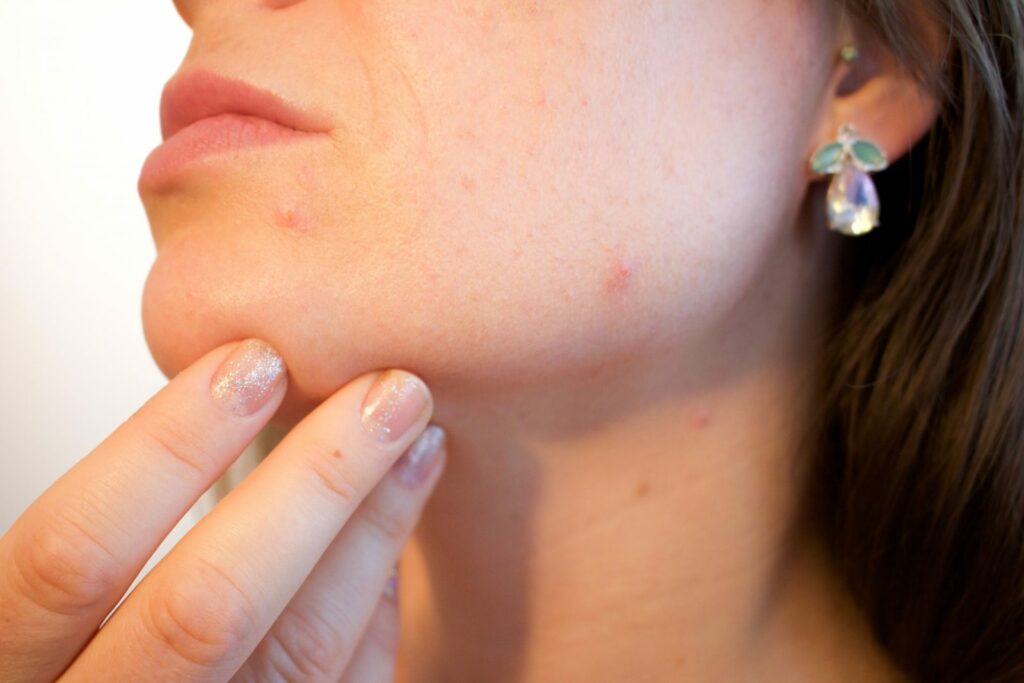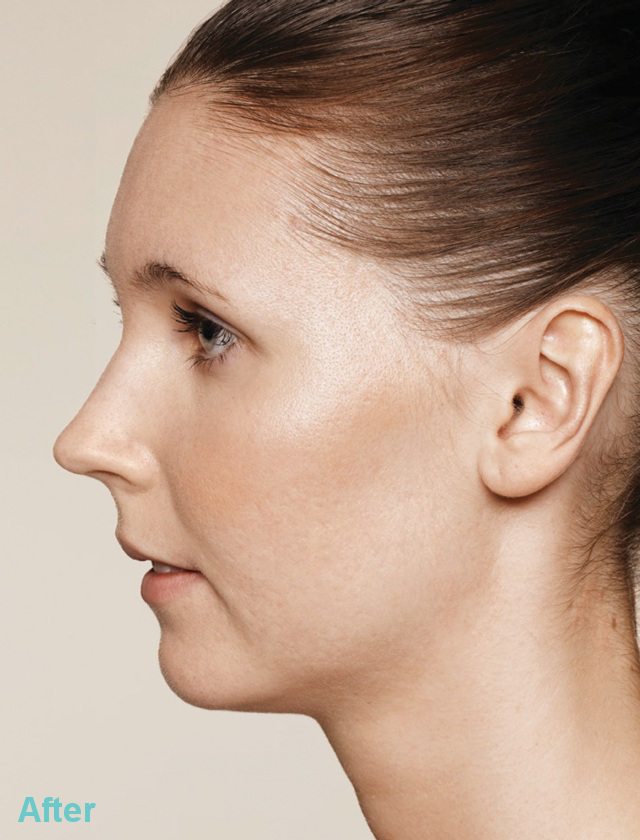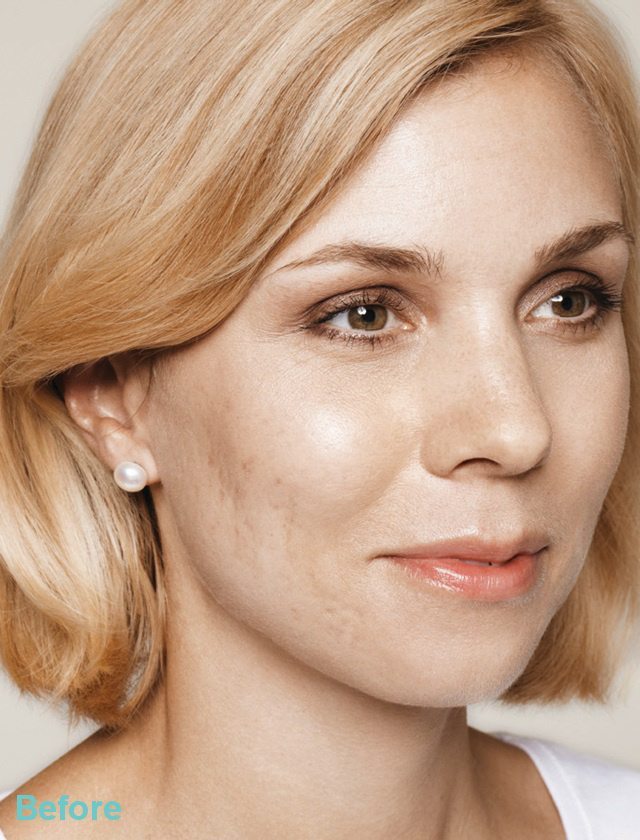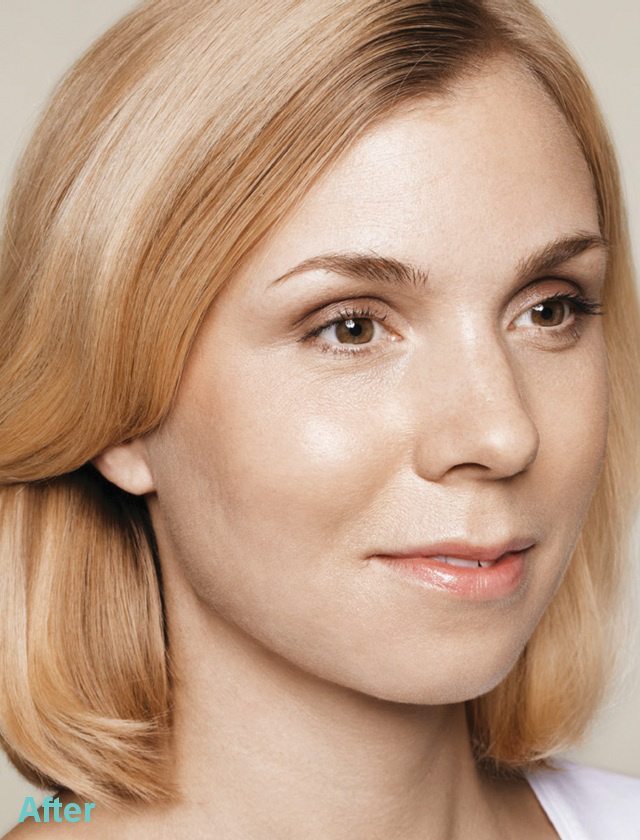Acne and Acne Scarring
Acne
Acne lesions (pimples) happen when the sebaceous glands (or “pores”) on the skin become plugged with oil and dead skin cells. A plugged gland is the perfect place for bacteria to grow and create the red bumps and pus-filled red bumps known as acne. Acne may present in different forms:- mild acne: this causes the whiteheads or blackheads that most of us get at some point
- moderate acne: this can cause red, inflamed pimples (called papules) and red pimples with white centers (called pustules)
- severe acne: this causes painful, pus-filled cysts or lumps (called nodules) under the skin

Book Your Consultation
Treating Acne Scars
Most of the time, reddish or brownish acne marks that are left behind after pimples clear up and will fade with time, hence not requiring any treatment. Picking or squeezing acne can increase the risk for scarring, though. Acne scars take two forms:- scars with a gradual dip or depression (sometimes called “rolling” scars)
- scars that are deep and narrow
Mild vs. Severe Scarring
Treatments depend on how severe the scars are.- Laser resurfacing. The laser removes the damaged top layer of skin and tightens the middle layer, leaving skin smoother. It can take anywhere from a few minutes to an hour. The pain is lessened by first numbing the skin with local anaesthesia. It usually takes between 3 and 10 days for the skin to heal completely.
- Dermabrasion. This treatment uses a rotating wire brush or spinning diamond instrument to wear down the surface of the skin. As the skin heals, a new, smoother layer replaces the abraded skin. It may take a bit longer for skin to heal using dermabrasion — usually between 10 days and 3 weeks.
- Fractional laser therapy. This type of treatment works at a deeper level than laser resurfacing or dermabrasion, Because fractional laser therapy doesn’t wound the top layer of tissue, healing time is shorter
Results – Before and After




Request Consultation

Latest posts by Dr. Shunil Roy (see all)
- Pilar Cysts - 8th Feb 2022
- Pilonidal Cyst and Pilonidal Sinus - 6th Feb 2022
- Sebaceous Cyst - 7th Apr 2020
